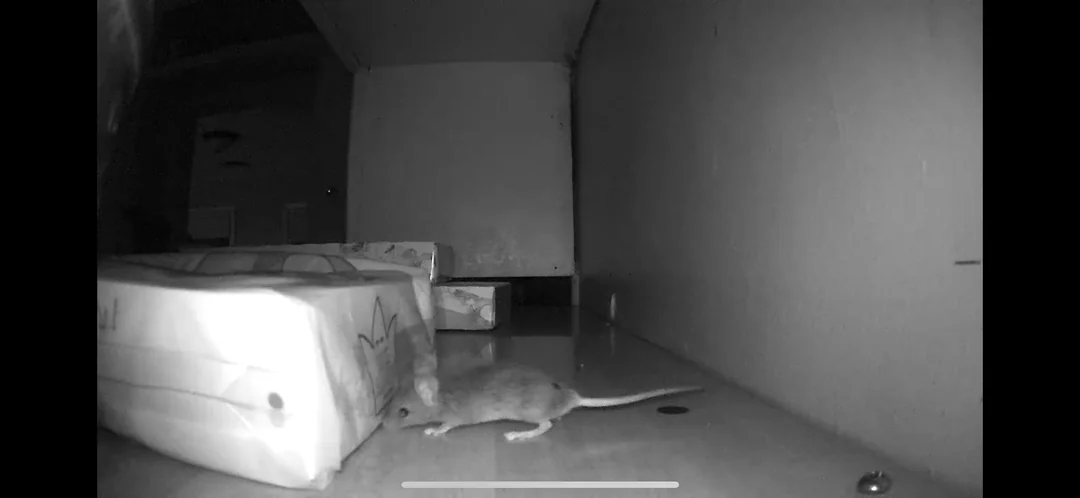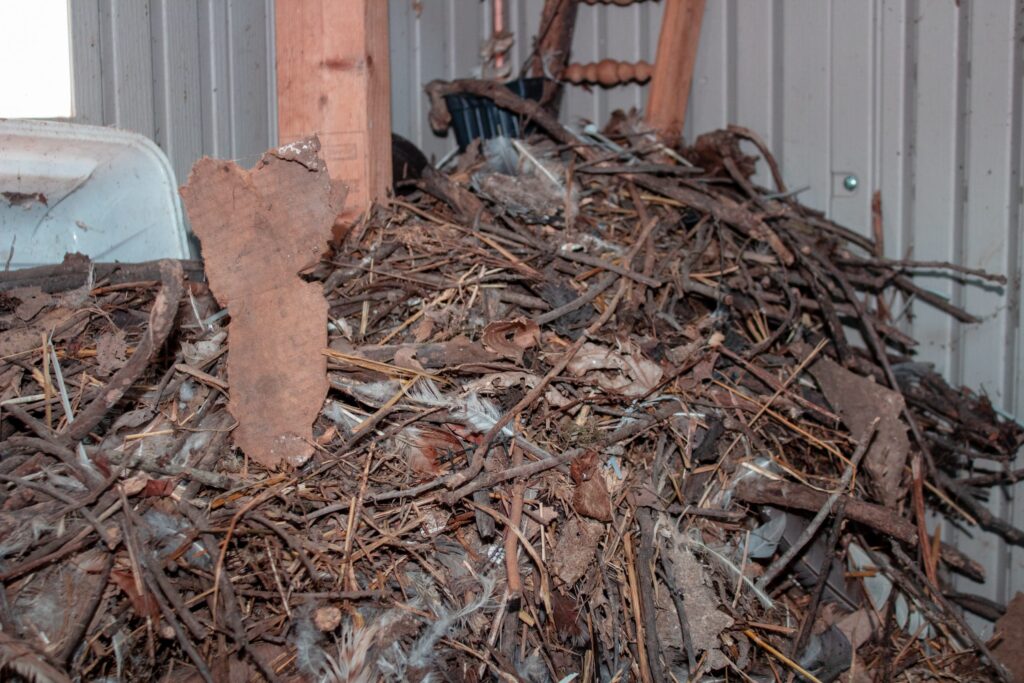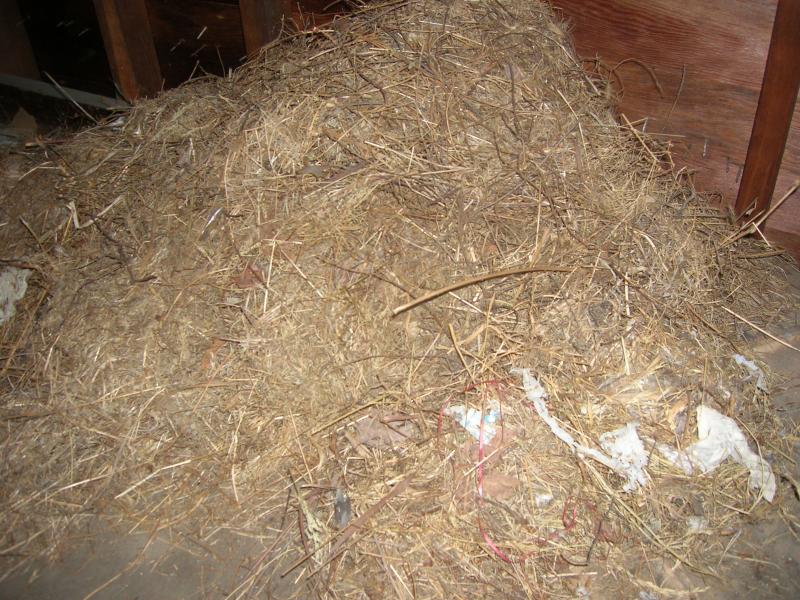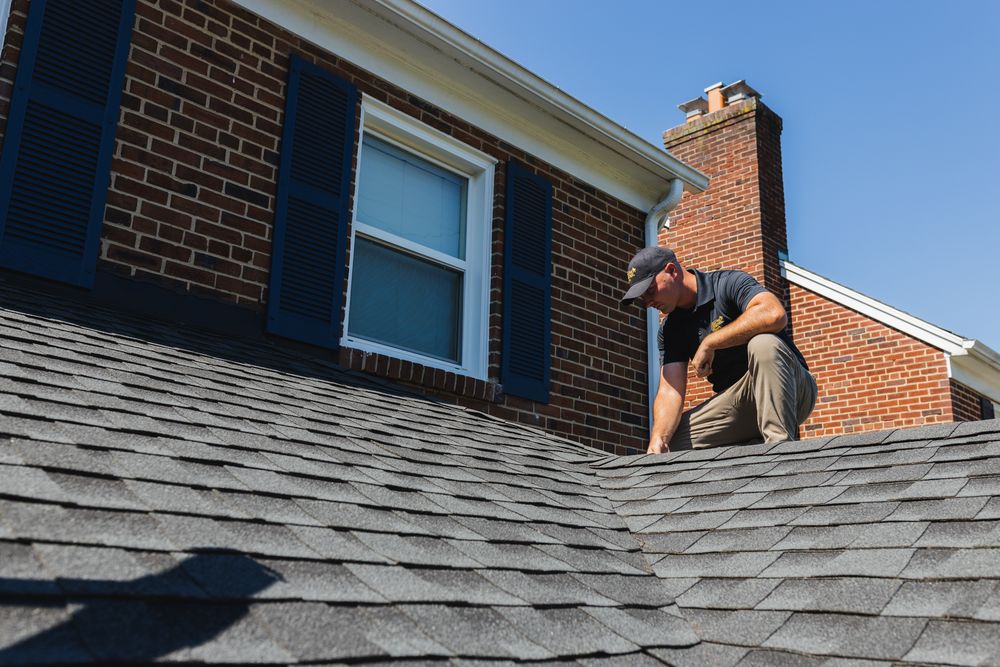There are seventy-one species of rodents found in Texas which include beavers, nutria, gophers, porcupines, and chipmunks. The rodents that cause homeowners the most problems are rats, mice, and squirrels. Rodents are characterized by a single pair of continuously growing incisors in each of the upper and lower jaws.
Why do rodents come into your home, anyway?
Squirrels, rats, and mice infiltrate your home looking for safe place from predators and weather, and they want to establish nests near food sources.
Where Do Rodents Live Inside the House?
Generally, rodents prefer areas in homes that humans don’t frequent, such as basements, garages, attics, walls inside, or cars. Rodents love clutter, as it offers them many potential living spaces.
How Do Rodents Get Inside?
The smallest species are able to get inside through holes as narrow as half an inch in diameter. Rodents also employ their inherent climbing, running, jumping, digging, and swimming abilities to infiltrate manmade buildings. Warehouses, farm fields, and food processing factories are also prime targets for rodent infestations.
How to Identify Rodent Infestations in Dallas, TX

Rats, mice, and squirrels will do their best to avoid detection, but these rodents will leave evidence behind.
Common Signs of Rodents in Dallas, TX
- Sounds. Squirrels, mice, and rats all make similar sounds if they’ve made it into your house; rustling or scurrying noises. The bigger the rodent, the louder the sound will be. Squirrels may also make rolling noises, as they roll nuts and acorns around. Pay attention to when the noise is being made. If it occurs during the day, it’s probably a squirrel. If you hear it more at night, it’s more likely to be a mouse or rat, since they are nocturnal.
- Droppings. Mice, rats, and squirrels have similar looking droppings. They resemble dark pellets less than an inch long. Rats and mice will leave feces as they travel. You might find them along floorboards, behind appliances, and in cabinets. Squirrels will stay in attics, chimneys, and walls. Droppings are found in the largest numbers near nesting sites.
- Gnaw marks. A rodent’s teeth grow continuously, so they must gnaw on things to keep this growth in check. As you might expect, this leaves rather damning evidence. Look for gnaw marks on things like garbage cans, fences, food containers, and under porches. Squirrels sometimes chew through roof vents or attic louvres to gain access to the attic.
- Runways. Mice and rats are creatures of habit and will follow the same route between their nest site and food and water uses. After repeated use, these paths develop dark, greasy rub marks that are accumulated from the oils and dirt on the rodent’s fur. Runways usually follow along manmade edges like baseboards.
- Odors. When living in confined spaces like homes, rodents tend to produce an odor that is most often described as musky and resembling ammonia or stale urine.
Rats vs. Mice
There are a few notable differences between rats and mice:
- Appearance. The most significant difference between a rat and a mouse is physical size. Rats are much, much larger than mice. They also have coarser fur, and comparatively larger heads and feet.
- Mentality. It’s well established that rats are more cautious, while mice tend to be curious. For example, a rat will likely avoid a trap set in its path for few days, until it gets comfortable enough to approach it (this is why, when dealing with rats, it’s important to leave traps baited for a few days before setting). A mouse, on the other hand, will probably go for a trap the moment they discover it.
- Burrowing. Mice are climbers, and generally prefer to build their nests higher up. Norway rats, on the other hand, prefer to keep their operations at ground level, and usually construct their nests in garages, basements, or burrowed underground.
- Droppings. Since rats are larger, their droppings will be larger as well. Rat droppings are generally 3/8 inches long, with a diameter of 1/8 of an inch. Mice droppings are about half this size. Both are oblong pellets, but rat droppings have rounded tips, and mice’s have pointed tips.
Squirrels vs. Rats
The single most significant difference between squirrels and rats is that squirrels aren’t nocturnal, and are therefore unlikely to make much noise at night. But there are a few other differences, too:
- Nesting Habits. Squirrels are much more likely to build their nests outside, usually in trees. Rats prefer building their nests inside, on the ground, and close to food and water sources.
- Tracks & Prints. Squirrels bound, leaving significant gaps between paw prints. Rat tracks have a more alternating pattern, and unlike squirrels, their tails often leave an obvious path.
- Droppings. While both rat and squirrel droppings can be dark brown to black in color with blunted ends, they are found in different places around the home. Squirrel droppings are often found in attics or around tree trunks, while rat droppings are more common along baseboards, in cupboards, and behind large appliances like washing machines.
How to Identify Rodents Nest in Your House
Rat Nest

Rat’s nests are a mess, design-wise. The size of a nest varies depending on the number of rats in the nest, but they are usually about the size of a cereal bowl. Rats use almost anything to build a nest—plants, garbage, cotton, insulation, sticks, twigs. Norway rats typically build their nests on ground floors or in basements. Less commonly, they burrow in the ground.
As their name implies, roof rats prefer to nest off the ground. Roof rats live in colonies and prefer sheltered habitats like lush landscapes, dense vegetation, and fruit trees (especially citrus trees in Florida). Inside, they prefer to nest in the upper parts of buildings like attics or rafters.
Mouse Nest
Mice often build their nests with soft, easily sourced materials such as paper, fabric, string, insulation, and mattress and pillow batting. The nests appear as rough, ball-like structures, around four to six inches in diameter. Unlike Norway rats, mice are climbers, and will often build their nests in attics. There will likely be many droppings surrounding the nest.
Squirrel Nest

Squirrel nests are much larger than rat and mouse nests. They are clumped-up assemblies of leaves, twigs, bark, and moss. Squirrels will build nests between two branches in trees, but they will also bring these materials inside to create a nest in the attic. Squirrels in the attic will use materials in the attic like insulation, cardboard, and fabric.
Dangers of a Rodent Infestation
Rodent problems can cause a number of issues:
- Property Damage. Mice and rats will chew on anything they see as useful while building a nest. This can include prized valuables like books or other important documents, especially if they are stored in the attic or basement. Rodents also have a fondness for living in cars, and can ruin them by their compulsive wire-chewing.
- Fire risk. Mice and rats sometimes build their nests in large electrical appliances, gnawing through wires in the process, which can increase the likelihood of a short-circuit or fire.
- Disease. Rodents can carry many diseases including hantavirus, leptospirosis, lymphocytic choriomeningitis (LCMV), Tularemia and Salmonella.
Get Rid of Rats, Mice, Squirrels in Dallas, TX
Rodents are not only a bother to have in your house, but also they spread diseases and damage your house. DIY rodent control methods are typically ineffective and can be dangerous to someone who is untrained. At Critter Control, we can quickly control the rodent population, remove the rats, mice, or squirrels, and install exclusions to keep rodents out! Call us today.





